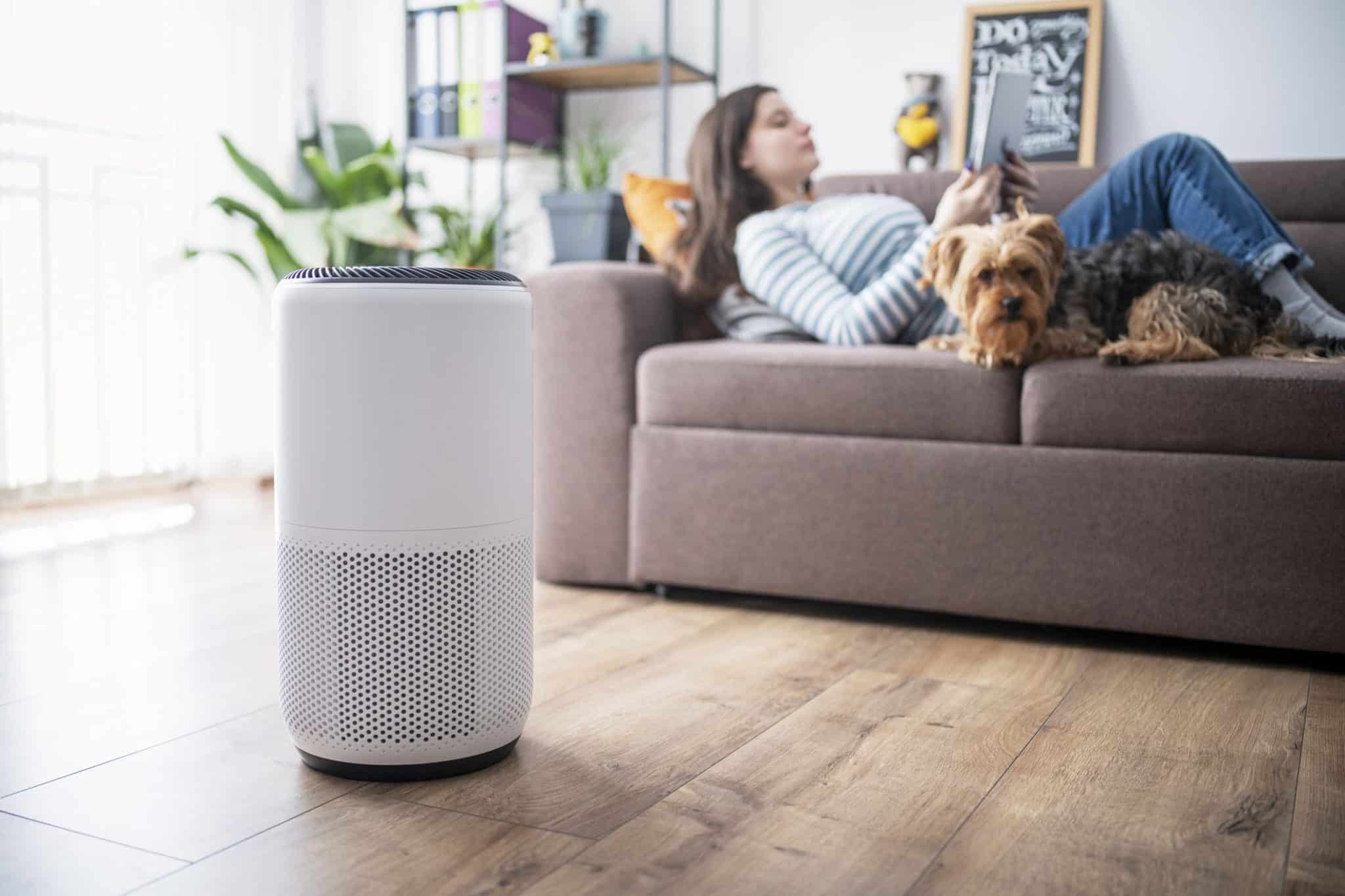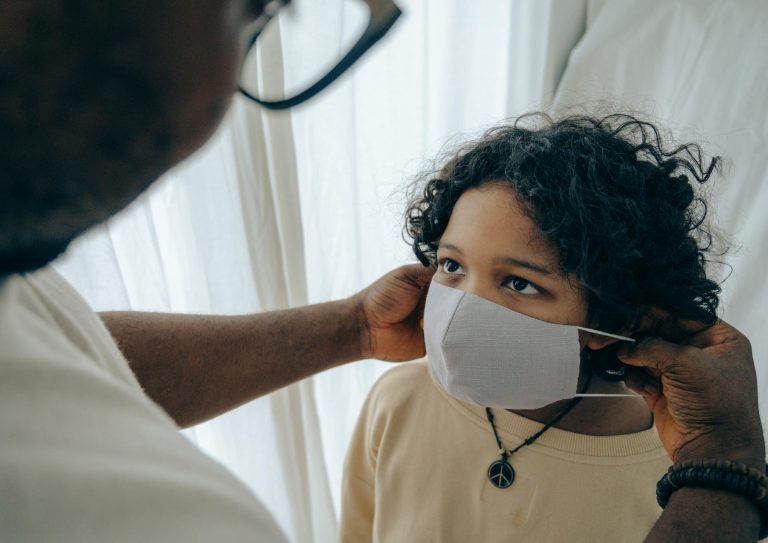Air pollution is an escalating global concern, with industrial emissions, vehicle exhaust, and deforestation contributing to the increased degradation of air quality. A 2022 report revealed that in the USA alone, 66 million tons of pollutants were released into the air, posing a severe threat to public health, especially for vulnerable populations like children. Given this alarming scenario, it’s imperative to adopt measures to protect children from the harmful effects of air pollution, both indoors and outdoors.
This article outlines eight impactful strategies to ensure the safety and well-being of our young ones.
1. Use Air Purifiers

Investing in a quality air purifier can significantly improve indoor air quality. Air purifiers equipped with High-Efficiency Particulate Air (HEPA) filters are highly effective in trapping pollutants such as dust, pollen, pet dander, and even some bacteria and viruses. These devices work by drawing in air, capturing harmful particles in the filter, and releasing clean air back into the room.
To maximize the benefits of an air purifier, it’s essential to place it in the rooms where children spend the most time, such as bedrooms and play areas. Regular maintenance, including cleaning or replacing filters as recommended by the manufacturer, ensures the device operates efficiently and continues to provide clean air.
2. Reduce Toxins Used in the Home
Minimizing the use of household chemicals is a crucial step in reducing indoor air pollution. Many common household products contain volatile organic compounds (VOCs) that can evaporate into the air and contribute to poor indoor air quality. Parents should opt for natural or non-toxic cleaning products, paints, and furnishings.
Moreover, considering a metal detox for kids can be beneficial, especially if they have been exposed to excessive chemicals. A metal detox helps eliminate heavy metals and toxins from the body, supporting overall health and reducing the risk of pollution-related health issues. This process typically involves a combination of dietary changes, supplements, and treatments designed to cleanse the body of harmful substances.
3. Ventilate Your Home Properly
Proper ventilation is vital for reducing indoor air pollution. It helps to dilute and remove pollutants, ensuring a steady supply of fresh air. Parents should regularly open windows and doors to allow for natural ventilation, particularly during times when outdoor air quality is good.
Using exhaust fans in kitchens and bathrooms can also help remove contaminants generated from cooking and moisture, respectively.
4. Ensure Your Home is Always Clean
Although this can be tough, especially when you’ve got younger kids, regular cleaning is essential for minimizing indoor pollutants such as dust, pet dander, and mold. Parents should vacuum carpets and upholstery frequently using a vacuum cleaner with a HEPA filter to capture fine particles. Hard surfaces should be wiped down with damp cloths to prevent dust from becoming airborne. You can ignore the clutter for a while, but cleaning dirt and pollutants is important.
Choosing non-toxic cleaning products further reduces the introduction of new pollutants. Many natural cleaning solutions, such as vinegar, baking soda, and lemon, are effective alternatives to chemical-laden products.
5. Limit Outdoor Activities During High Pollution
Outdoor air quality can vary significantly throughout the day and by location. Checking the Air Quality Index (AQI) before allowing children to play outside is a practical measure to protect them from harmful outdoor pollutants. The AQI provides information on air quality levels and potential health effects, helping parents make informed decisions.
On days when the AQI indicates poor air quality, it’s advisable to keep children indoors and engage them in alternative activities. Indoor play, reading, or creative projects can keep kids entertained and safe from outdoor pollution.
6. Create Green Spaces
Creating green spaces both inside and outside your home can significantly improve air quality. Indoor plants are excellent natural air purifiers. They absorb pollutants like formaldehyde, benzene, and trichloroethylene, enhancing indoor air quality. Having a few of these plants in your children’s rooms and common areas can make a noticeable difference.
Outdoor greenery is equally important. Planting trees and shrubs around your home acts as a natural barrier against pollutants. Encourage your children to participate in gardening activities; it’s a great way to educate them about the environment while improving the air quality around your home.
7. Avoid Smoking Indoors
Secondhand smoke is a significant indoor air pollutant that poses severe health risks to children, including respiratory infections, asthma, and sudden infant death syndrome (SIDS). Establish a strict no-smoking policy inside your home and near your children. If you or guests must smoke, do so outside, away from doors and windows, to prevent smoke from drifting indoors.
Educate all household members and visitors about the dangers of secondhand smoke and enforce this policy consistently. Creating a smoke-free home environment is one of the most effective ways to protect your children from indoor air pollution.
8. Educate Your Kids About Air Pollution
Educating your children about air pollution is essential for raising awareness and promoting healthy habits. Teach them about the sources of air pollution, both indoors and outdoors, and explain how it can affect their health. Use age-appropriate resources, such as books, videos, and interactive activities, to make the learning process engaging.
Encourage healthy practices, such as washing hands regularly, covering their mouths when coughing, and avoiding outdoor activities during high pollution levels or wearing masks when they have to go out during these times. By understanding the importance of air quality, children can become more conscious of their environment and take proactive steps to protect themselves and others.
Conclusion
Protecting children from air pollution requires a comprehensive approach that combines reducing indoor pollutants and minimizing outdoor exposure. These strategies not only safeguard children’s health but also foster an environment where they can grow and thrive without the constant threat of air pollution. Proactive measures and a commitment to maintaining a clean and healthy environment are essential in ensuring the well-being of our children in today’s world.












